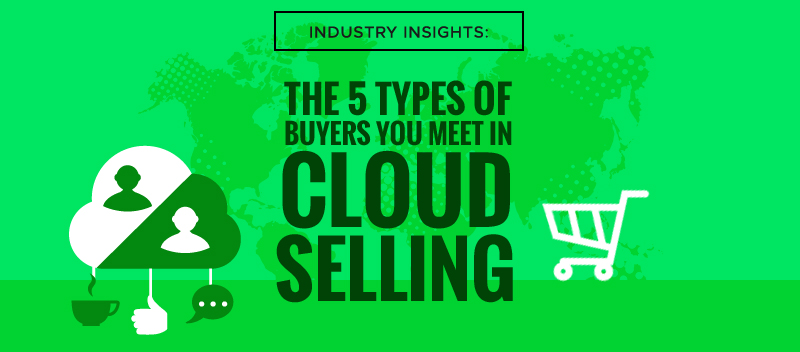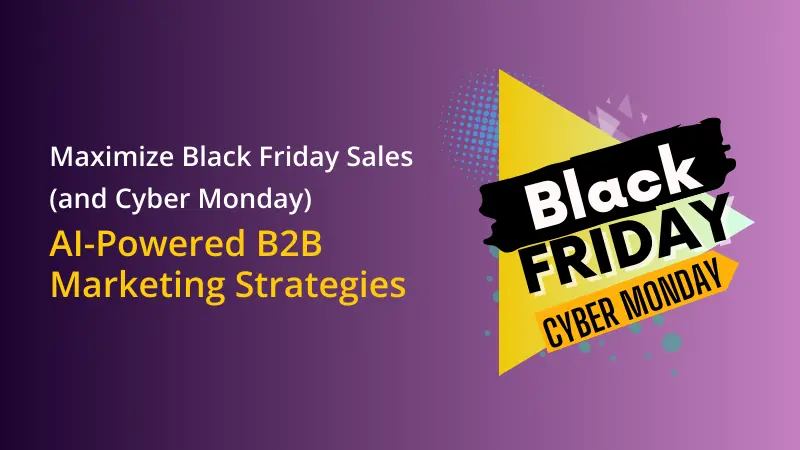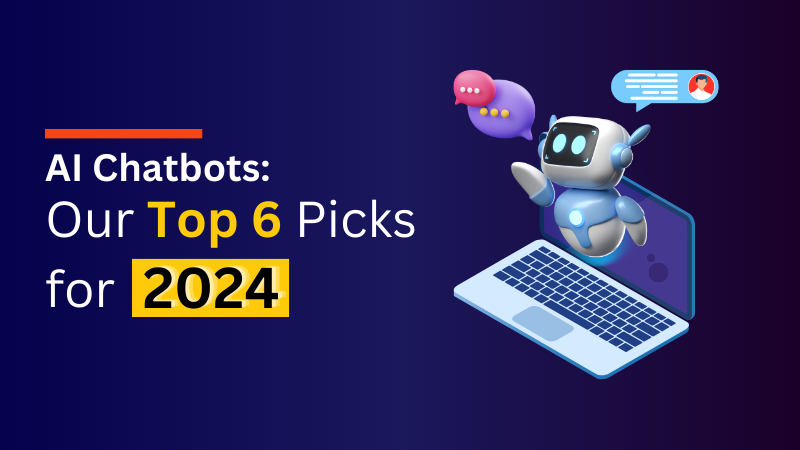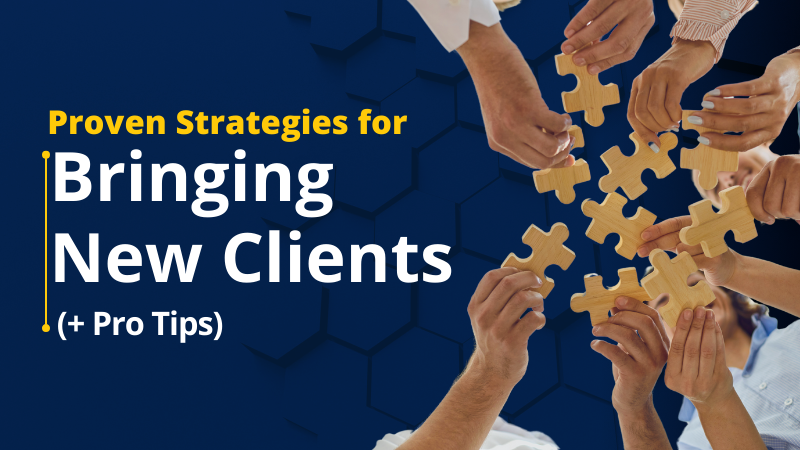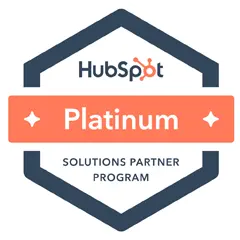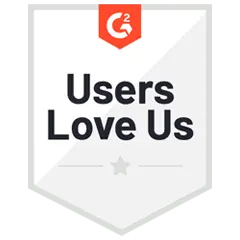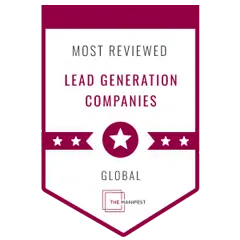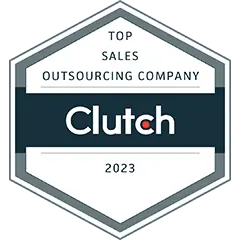The earliest known use of the term ‘Cloud’ to refer to off-premise computing and storage took place in a 1996 Compaq business plan. The document pretty much foresaw many of the things that would eventually make up early iterations of the Cloud.
It accurately predicted how enterprise software would be replaced by web-based services and that users would access applications through the Internet, not on local machines—exactly a full decade before the official launch of AWS.
Cloud Buyer 2.0
Now, over 20 years on, as the Cloud transitions into what many folks in the industry consider as ‘Cloud 2.0’, it resembles very little of what it looked like even just a few short years ago.
The Cloud used to be all about agility, scalability, efficiency, and cost savings. Originally implemented in stand-alone, low-risk business areas (such as web hosting, development testing, CRM, etc.), the Cloud has now become a key component in almost every business IT portfolio. Today’s cloud architectures are smarter, dynamic, and (more importantly) business-critical.
Alongside these sweeping changes, cloud customers have evolved, too. As I-CIO observes, modern cloud buyers look at cloud technologies not only as cost-saving measures but as part of their core business and overall strategy.
This refocus has created a more diverse ecosystem of cloud buyers, with different customers having their own expectations and requirements. Businesses’ IT buying needs are maturing, and this change is reflected in the things buyers take into account when evaluating cloud providers and services:
- Does the application help the buyer become a leading supplier and serve their customers better?
- Does the time it take to modify an existing application remain within business timelines?
- What are the costs of switching into and out of a cloud service?
- How does the vendor guarantee security and compliance?
- What is the level of interoperability and compatibility with other cloud services?
Related: Cloudy with a Chance of Fog: A Quick Cloud Computing Update
The Different Cloud Buyer Types You Need to Know
To be more effective at reaching their target audience, marketers clearly need to become firmly acquainted with the different buyer groups that make up today’s B2B cloud market. Let’s dig into the findings of two recently published studies on cloud buyer types to help us get to know potential cloud customers better.
Last year, Bane & Co. released a research brief ‘The Changing Faces of the Cloud’ which tracked the evolution of enterprise cloud buyers since the late aughts up to the onset of Cloud 2.0. The study identifies several distinct types of buyers and explains many of their defining characteristics.
In a similar line of inquiry, ISG’s ‘Provider Lens Archetype Report 2017’ drills down on the different buyer “archetypes” that influence public cloud purchase decisions. The report draws a lot of interesting insight on each group and outlines what customers expect and demand from vendors.
While the two studies group B2B cloud customers a bit differently, the underlying qualities neatly align into five key buyer profiles:
1. Transformational
Transformational buyers consist of early adopters already heavily dependent on the Cloud. Performance and scalability top their list of factors for buying cloud services, and they tend to deemphasize cost savings as a purchase driver. Most transformational buyers look for innovative cloud services and work with vendors that offer best-in-class support.
According to the Bane & Co. brief, transformational buyers already had around 40% of their IT environments running on at least one cloud service in 2011. By 2015, this number was close to 70%.
But as a source of current cloud demand, transformational buyers no longer lead the market. In 2017, they account for 26% of the demand for cloud services, versus 47% in 2011.
2. Heterogeneous
These buyers are also starting to move some of their workloads to the Cloud, but are keeping their migration at a slower pace because of the complexity of their current IT systems and their future IT needs.
As a result, heterogeneous cloud buyers maintain an entire mix of public and private cloud components in their IT portfolio. It’s typical for heterogeneous buyers to distribute their workloads across various SaaS, IaaS, and PaaS providers while keeping some of it on-premise.
Related: The B2B Buying Process Has Changed: Here’s How Not to Get Left Behind
3. Security-Conscious
These buyers look to become public cloud users but are holding back due to a whole host of factors, mainly industry regulations, privacy laws, and security requirements.
As a result, security-conscious cloud buyers tend to have the bulk of their cloud applications running on private cloud environments. They prefer to work with vendors that offer secure, dedicated cloud platforms.
Bane & Co. estimates that security-conscious cloud customers make up around 20% of the market, while cloud spending represents 26% of their IT budget.
4. Price-Conscious
Price-conscious buyers base their cloud investment choices chiefly on cost-savings. ISG describes this customer group as “pragmatic” cloud buyers whose number-one goal typically revolves around the practical use of cloud resources to make their workloads more agile, flexible, and cost-efficient.
In their research brief, Bane & Co. argues that a price war in the cloud market has little impact on changing the attitudes of most customers toward the Cloud since price-sensitive buyers make up a relatively small percentage of the market. The price-conscious segment represents only 14% of cloud spending and around 13% of the customer base.
Related: 5 Steps to Future-Proof Your Go-to Market Strategy for Cloud Services
5. Slow-and-Steady
Slow-and-steady (also known as traditional) customers have yet to migrate the bulk of their IT environments to the Cloud. This hesitation stems from a number of reasons including regulation, compliance, security issues, or organizational inertia. As such, this buyer’s IT portfolio consists primarily of mainframe and legacy systems.
Bane & Co. believes that slow-and-steady buyers have the potential to become the largest customer segment in the cloud market. In 2011, they only had 1% of their workloads running on the Cloud. In 2016, it grew to 16% and, by 2018, it’s projected to reach 30%.
Related: Analysis: The Information Gathering Process of B2B Buyers
Data Summary: 5 Types of Cloud Customers
| % of companies | % of IT in the cloud | Cloud spending | |
|---|---|---|---|
| Transformational | 11% | 69% | $24B |
| Heterogeneous | 12% | 36% | $13B |
| Security-Conscious | 21% | 37% | $24B |
| Price-Conscious | 13% | 31% | $12B |
| Slow-and-Steady | 43% | 16% | $18B |
The Takeaway: As both cloud services and customers continue evolving, vendors need to focus on a number of key marketing capabilities to ensure they remain relevant among their target buyers. It’s important that providers clearly identify the right customer segments for their services. As we’ve seen, different buyer types have vastly different expectations and requirements. So, it’s crucial to develop value propositions that speak to each unique group.

